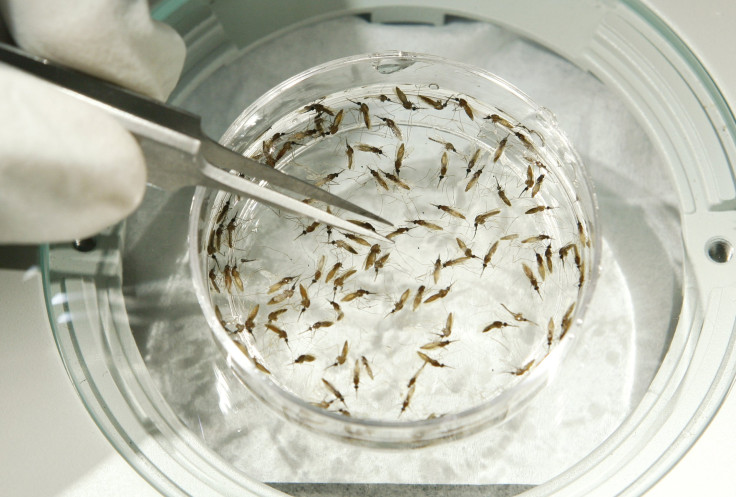Scientists Invent Inexpensive, Quick And Accurate Malaria Test

Researchers have invented an inexpensive device that can accurately diagnose malaria within minutes by using only a droplet of blood, according to a paper published Sunday in the journal Nature Medicine.
The new technique could detect malaria and aid in its treatment in remote areas where conventional testing equipment is not always available, scientists at the Massachusetts Institute of Technology, or MIT, who worked in collaboration with researchers from the Singapore-MIT Alliance for Research and Technology, or SMART, told Nature.
Current tests for malaria are done through a direct observation of the malaria parasite in a blood smear under a microscope, and are laborious and prone to errors. The new technique, on the other hand, does not rely on the expertise of a technician carrying out the test, the paper said.
“There is real potential to make this into a field-deployable system, especially since you don’t need any kind of labels or dye,” Jongyoon Han, an MIT professor of electrical and biological engineering, reportedly said.
The new device utilizes a technique called Magnetic Resonance Relaxometry, or MRR, to detect the by-product of metabolism by the malaria parasite Plasmodium in a droplet of blood. The waste product, called Hemozoin, contains minute quantities of iron and is magnetic, causing a slight disruption in the spin of hydrogen atoms exposed to the magnetic field, which can be measured with high levels of accuracy.
As a result, the test is not only more sensitive to the presence of only a small number of parasites, it can also assess whether treatment is working by measuring the reduction in the metabolic waste product in a patient's blood.
“Furthermore, since this technique does not rely on expensive labeling with chemical reagents, we are able to get each diagnostic test done at a cost of less than 10 cents,” Weng Kung Peng, a research scientist at SMART and a co-author of the paper, told Agence France-Presse, or AFP.
The paper also said that the MRR system, which can fit on a table, can be built for less than $2,000.
“The performance of the technique appears to be comparable, if not superior, to routine microscopy,” Richard Maude, an epidemiologist from the University of Oxford who was not involved in the study, told Nature. He, however, added that a “thorough assessment” was needed before the method is used on the ground.
Although malaria is preventable and curable, more than 600,000 people, mostly in Sub-Saharan Africa, were killed by the disease in 2012, according to the World Health Organization. It is estimated that one child dies of malaria every minute in the region.
© Copyright IBTimes 2024. All rights reserved.












